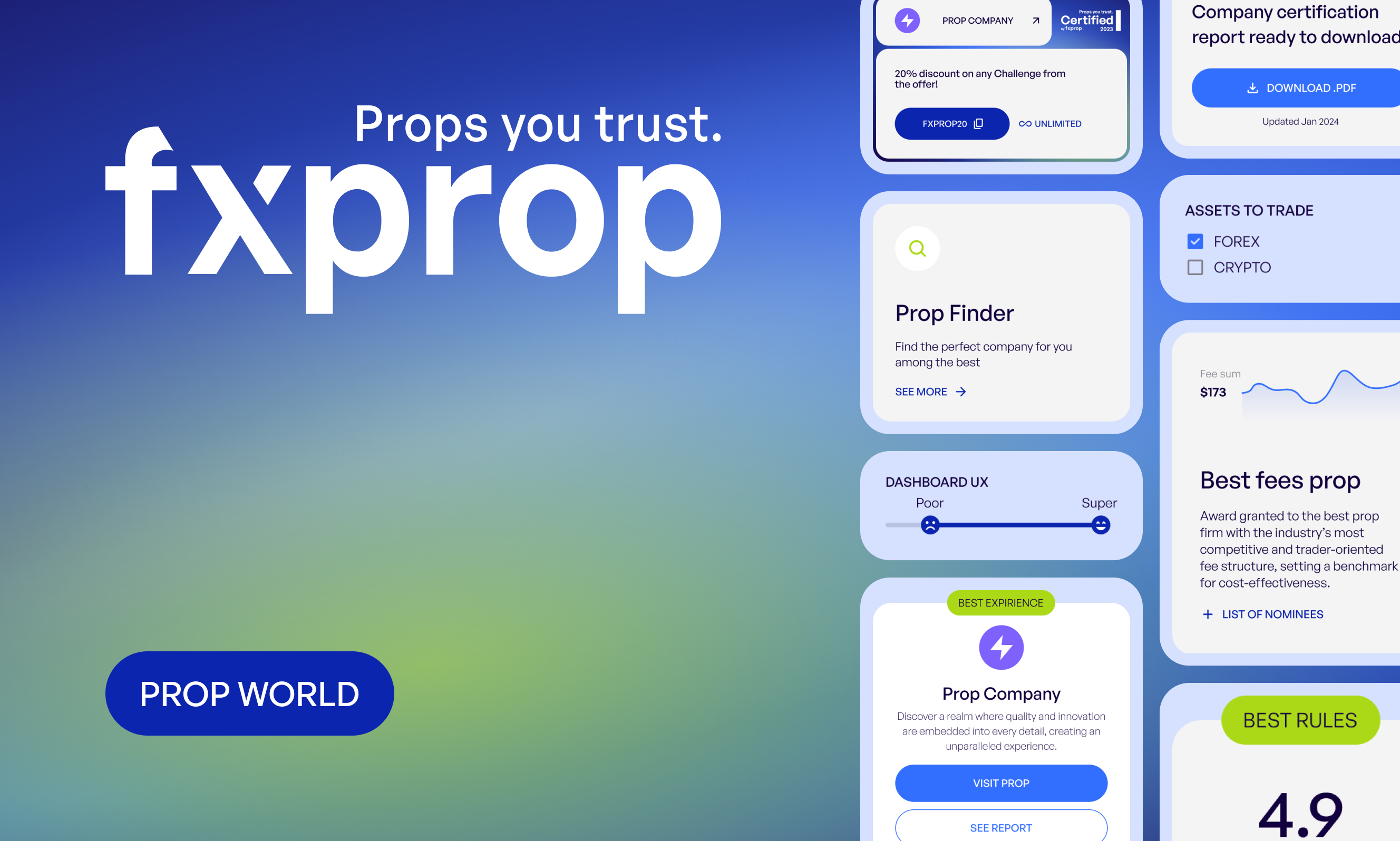
Introduction to Risk Management in Trading
In the world of trading, the difference between success and failure often lies in the effectiveness of risk management. Whether you’re a novice trader or have some experience under your belt, understanding the process of managing risk and money is key. In this article, we will explain what exactly is risk management, why it is so important, and delve into the tools and strategies that can help manage risks efficiently.
What Is Risk Management in Trading?
Risk management is an overall strategy to minimize potential losses and protect your trading account’s capital. Effective risk management ensures that traders can continue participating in the market even after facing losses by preventing any single trade or series of trades from severely impacting their trading capital. This can include setting stop-loss orders, managing position sizes, diversifying investments, and adhering to a-thought-out trading plan that accounts for potential losses.
The Importance of Risk Management in Trading
A well-defined risk management plan is a trader’s safety net.It should detail the amount of capital that can be risked on each trade, emphasizing that it is prudent not to exceed 1-3% of the capital for one single position. Additionally, the plan should specify the maximum loss acceptable in a day, and the overall exposure limits for your portfolio.
One of the primary reasons why risk management is important in trading is of course to protect capital. However, it extends far beyond that, serving as an essential foundation for traders to achieve long-term profits.
Moreover, a solid risk management plan allows traders to survive the inevitable down periods and drawdowns that come with any trading strategy. By limiting losses during these times, traders ensure they have enough capital left to take advantage of market opportunities when conditions improve.
Another critical aspect of risk management is its role in optimizing the risk-to-reward ratio of trades. By carefully selecting trades that offer a favorable balance between the potential risk and the expected reward, traders can improve their overall profitability.
Risk Management Trading Tools
Stop loss and take profit orders are essential risk management tools in trading. Stop loss orders protect against excessive losses by automatically closing positions at set levels while taking profit orders secures profits by closing positions at predetermined profit targets. Implementing these orders helps traders overcome emotional biases, maintain discipline, and make informed decisions.
Let’s take a closer look at why these strategies are fundamental to trading success and how they function.
Stop-Loss Orders
A stop-loss order is like setting up a safety net when you’re trading stocks, currencies, or other financial products. Imagine you buy a stock hoping it will go up, but you also know it might go down. To protect yourself from losing too much money if the stock price falls, you set a stop-loss order. This means you decide on a price lower than the purchase price, and if the stock hits this lower price, your stop-loss order automatically sells the stock to prevent further losses.
Take-Profits Orders
A take-profit order is like setting up a finish line for your trades. You enter a trade with the hope that the price will rise, and to lock in your desired profit, you set a take profit order. This means you decide on a price higher than your purchase price, and if the stock reaches this higher price, your take profit order automatically sells the stock to secure your earnings. It’s a strategy to say, “Once I’ve made enough profit, let’s automatically close this trade, so I can ensure I walk away with those gains.”
Balancing Risk and Reward
The keystone of successful trading is a favorable risk-to-reward ratio intricately linked to the effectiveness of the employed trading strategy. This ratio is crucial for traders to assess the potential reward of a trade relative to its risk. While a healthy risk-to-reward ratio is traditionally viewed as being 1:2 or higher (where for every dollar risked, the potential return is two dollars or more), it’s important to consider that the ideal ratio may vary based on the strategy’s effectiveness.
For example, if the effectiveness of the strategy is 80-90%, a risk-to-reward ratio of 1:1 or even less might be appropriate, reflecting the high probability of successful outcomes. However, a strategy with an efficiency of 50-60% or less requires a higher risk-to-reward ratio.
Generally, ensuring the potential profit outweighs the loss is vital, yet the determination of the precise risk-to-reward ratio also hinges on the effectiveness of the trading strategy.
Achieving a favorable risk-to-reward ratio requires careful market analysis and strategic planning, along with a detailed understanding of how your strategy performs.
Practical Tips for Effective Risk Management in Trading
Educate Yourself: Understanding the markets and the instruments you’re trading is fundamental.
Keep Emotions in Check: Make decisions based on logic and your trading plan, not emotions.
Use Stop-Loss and Take-Profit Orders: These tools are essential for managing risk and securing profits.
Review and Adjust: Regularly review your risk management strategy and adjust it based on market changes and your trading performance.
Diversify: Spread your risk by not putting all your capital into a single trade or market.
Closing Thoughts
Effective risk management is essential for long-term success in trading. By understanding and implementing stop-loss and take-profit orders, traders can protect their capital and secure profits.
Remember, the goal of risk management is not to prevent losses completely but to minimize them and ensure that your trading strategy is profitable over the long term. With education, discipline, and a solid risk management plan, traders can navigate the complexities of the financial markets with greater confidence and success.












